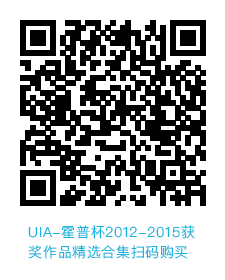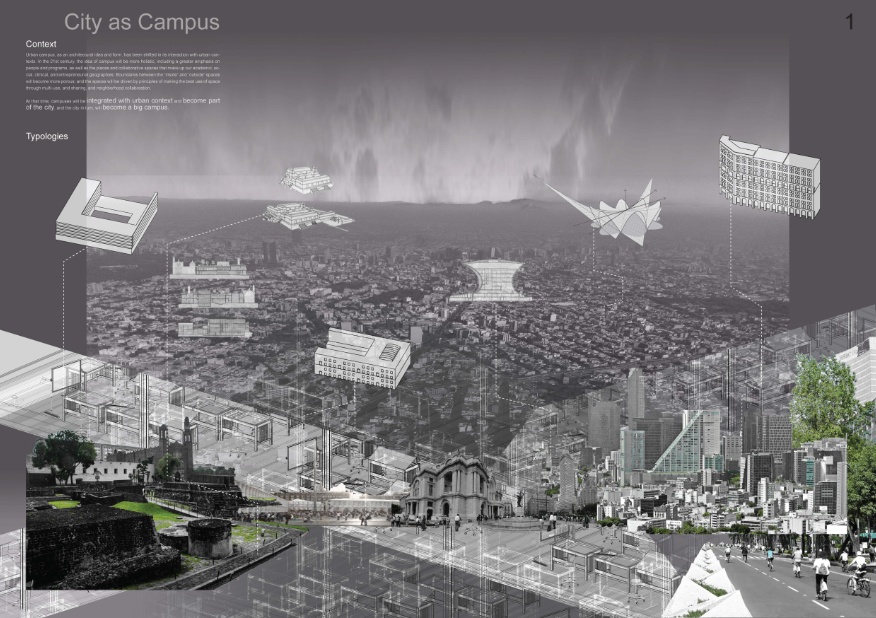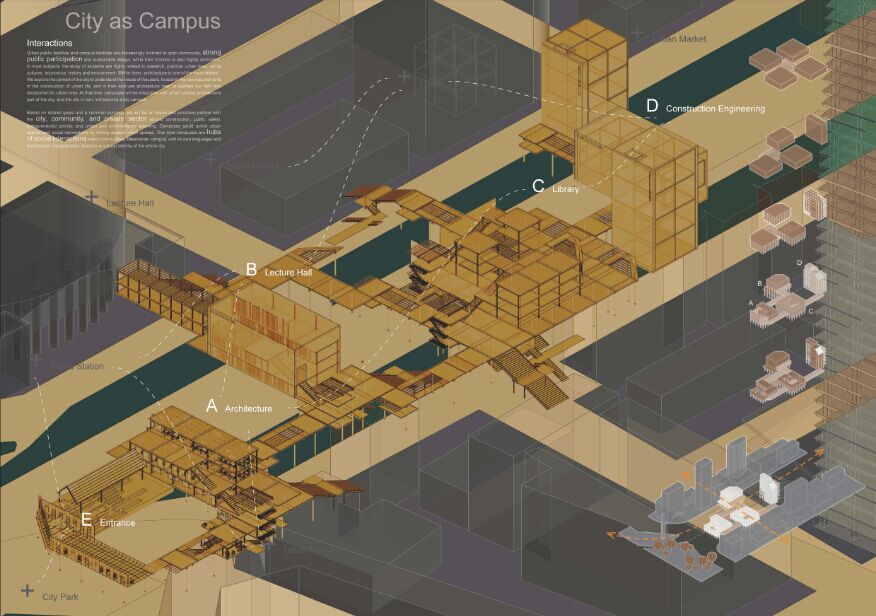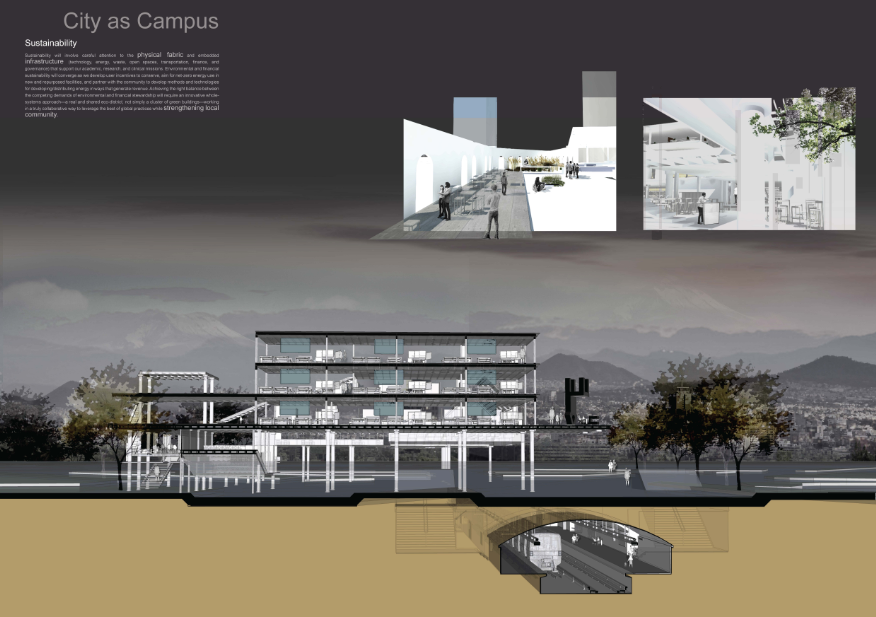

TOPIC: Transformation: Place, Tradition and Modernism in Conceptual Unity and Diversity
Students:Shuya Xu, Yiwei Huang, Hsin-han Lee
Project :City as Campus
Tutors :Maria Arquero De Alarcon、McLain Clutter
School :Tamkang University Architecture Department
Urban campus, as an architectural idea and form, has been shifted in its interaction with urban contexts. In the 21st century, the idea of campus will be more holistic, including a greater emphasis on people and programs, as well as the places and collaborative spaces that make up our academic, social, clinical, and entrepreneurial geographies. Boundaries between the “inside” and “outside” spaces will become more porous; and the spaces will be driven by principles of making the best use of space through multi-use, and sharing, and neighborhood collaboration.

Urban public facilities and campus facilities are increasingly inclined to open community, strong public participation and sustainable design, while their function is also highly coincident. In most subjects, the study of students are highly related to research, practice, urban lives, social cultures, economics, history and environment. Within them, architecture is one of the most related.
We explore the context of the city to understand the needs of the users, to search the new requirements of the construction of urban life, and in then end use architecture itself to express our faith and declaration for urban lives. At that time, campuses will be integrated with urban context and become part of the city, and the city in turn, will become a big campus.
Based on shared goals and a common purpose, we will be an active and proactive partner with the city, community, and private sector around construction, public safety, entrepreneurial activity, and urban and environmental planning. Campuses could active urban spaces and social connections by linking unused urban spaces. This time campuses are hubs of social interactions within communities. Meanwhile, campus, with its own languages and architecture characteristics, become a cultural identity of the whole city.

Sustainability will involve careful attention to the physical fabric and embedded infrastructure (technology, energy, waste, open spaces, transportation, finance, and governance) that support our academic, research, and clinical missions. Environmental and financial sustainability will converge as we develop user incentives to conserve, aim for net-zero energy use in new and repurposed facilities, and partner with the community to develop methods and technologies for developing/distributing energy in ways that generate revenue. Achieving the right balance between the competing demands of environmental and financial stewardship will require an innovative whole-systems approach—a real and shared eco-district, not simply a cluster of green buildings—working in a truly collaborative way to leverage the best of global practices while strengthening local community.

Copyright 2013-2014 http://www.UEDmagazine.net/ All Rights Reserved Urban Environment Design (UED) Magazine Press©
Telephone:+86(010)56290935 Fax: 010-56290935
Address: No.85, Tonglinge Road,Xicheng District, Beijing, P.R.C
Postcode:100037 京ICP备 10013871号